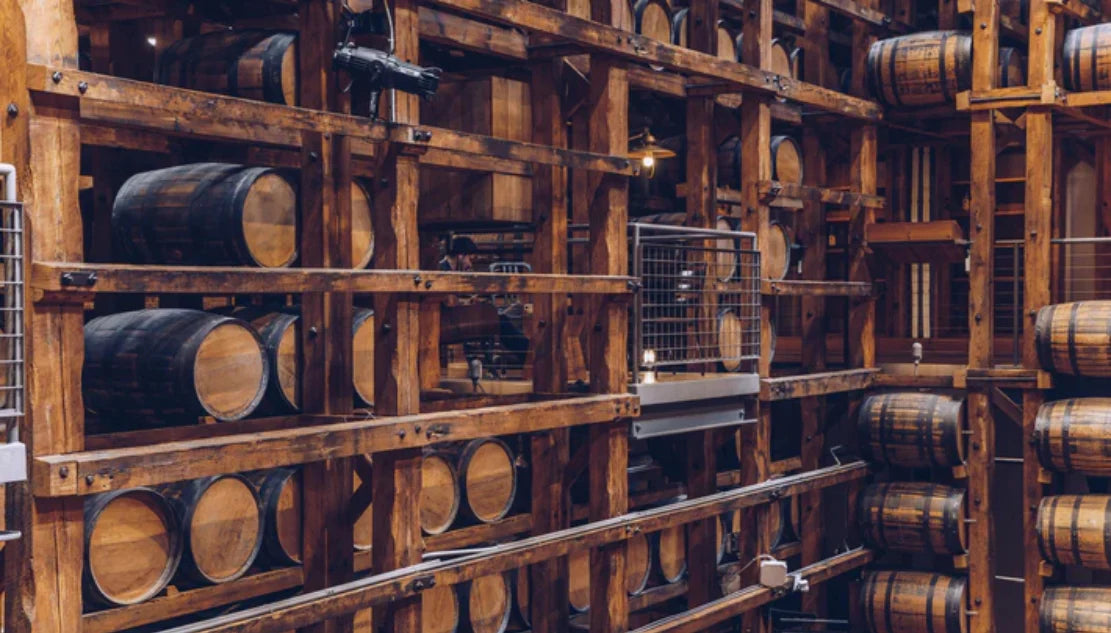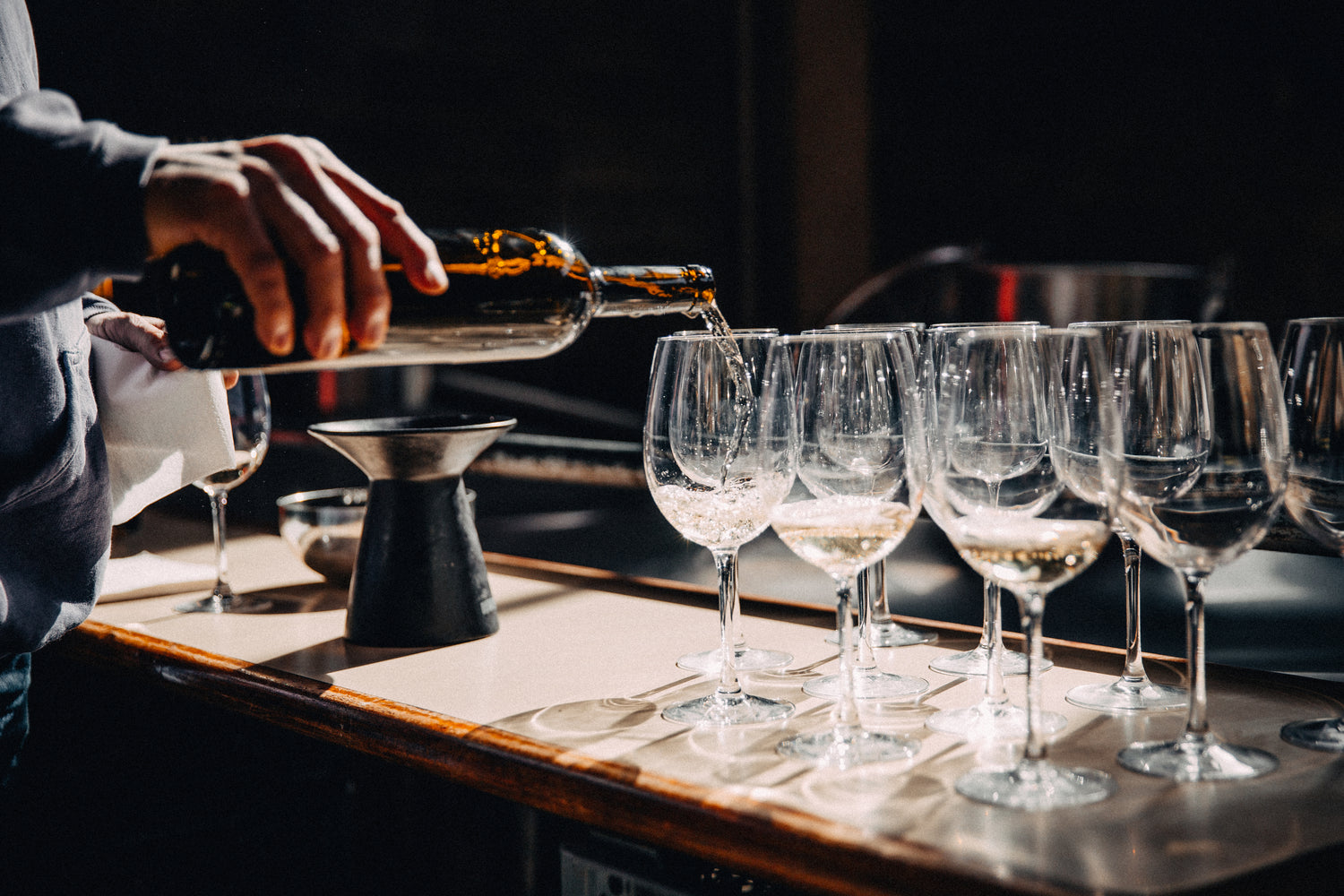Offer Evaluation Process
-
B|C Offer Grade
We love collecting wine. There is something truly spectacular about how opening a great wine can give us the view of a time and place as it was seen by the winemaker. When we rank available wine offers, we are faced with the significant challenge of trying to take something subjective and making it absolute. For this reason, we encourage all our users to do their own research based on individual preferences; knowing what you want is the best way to find it!
-
 Buy Wine
Buy WineWith that disclaimer in place, we take a lot of pride in the algorithm and reference data that we use to organize the 100+ million dollars of live opportunities that are available within our network on a daily basis. The logic is based on methodology our team has refined leveraging large data sets including information on merchant buying history, wine exchange transactions, auction results, and regional retail pricing looking across vintage quality and drinking windows. These rankings are driven by four primary considerations: Price, Vintage Quality, Critic Score, and Purchasing Patterns

Price
Price is the most important consideration in our ranking outcome. To programmatically identify good deals from bad ones, we create a reference value for each wine. This value is calculated using multiple wholesale, auction, and retail datapoints. The greater the beneficial divergence from what Buyer|Cellar considers the fair value, the better the rank.

Vintage Quality
The year a wine is produced can make all the difference. We find that too often wines sold by the same producer from the same terroir tend to command similar prices. Our algorithm is programmed to look for opportunities that this bias creates and considers vintage and harvest conditions when ranking.

Critic Scores
Wine critic scores serve as a trusted indicator of quality, influencing consumer perceptions, and wine pricing. Additionally, their standardized scale, most often out of 100 points, allows for quantitative comparison across otherwise diverse wines. Additionally, high scores contribute to a wine's reputation, attracting both collectors and investors who may further drive up prices in anticipation of future value

Buying Behavior
The ranking outcome considers recent inventory and wholesale buying behaviors as those metrics can predict positive and negative momentum in wine prices. Available quantity size, recent transaction volumes, market depth, and offer age are analyzed to better understand the market sentiment for a given wine.

